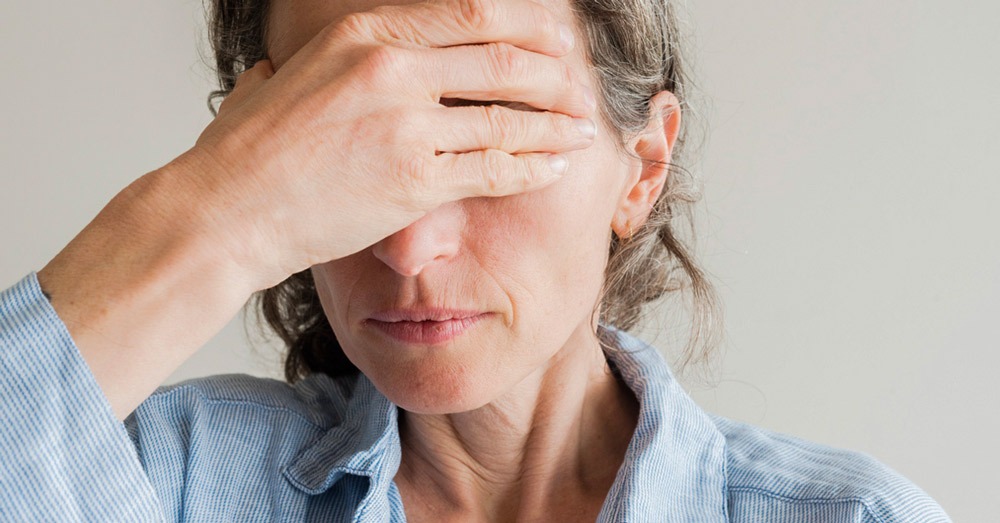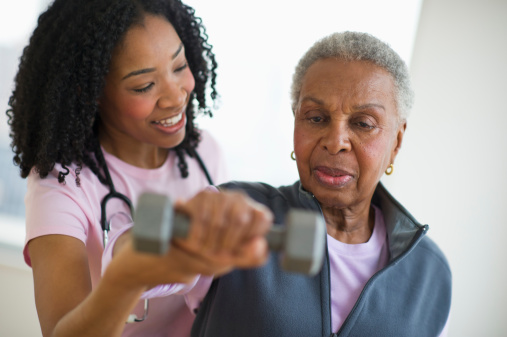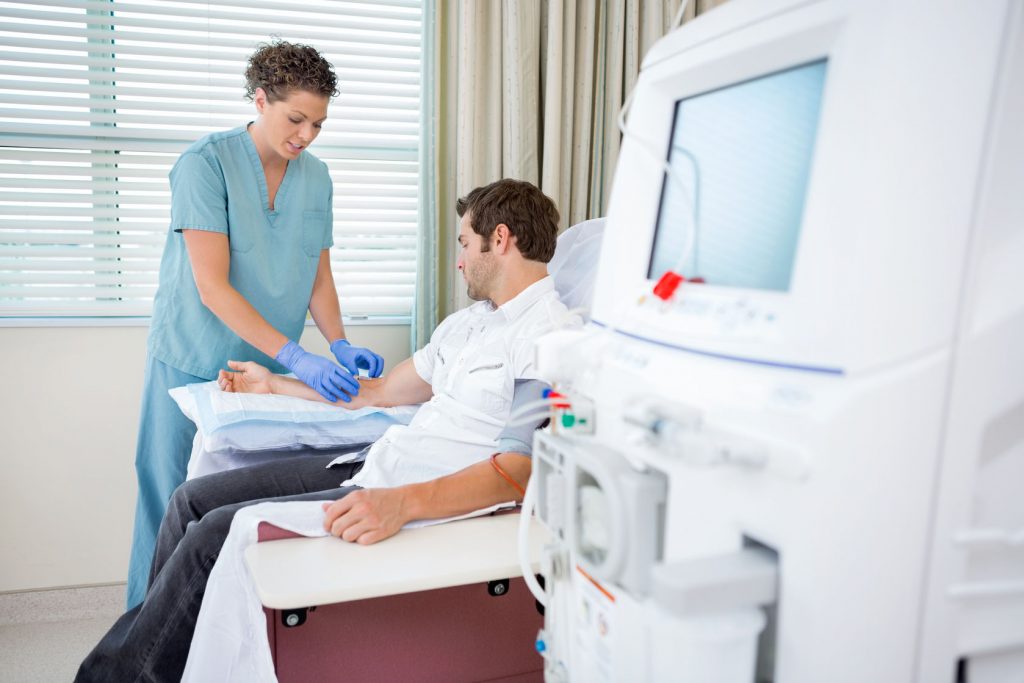
Like any other stressor, infection with COVID-19 makes our bodies respond with “fight-or-flight”. It comprises of four types of responses that our body exhibits a) Fight response or resisting the ongoing threat b) Flight response or evading the immediate threat c) Freeze response when a person becomes paralyzed on facing any threat d) Faun response wherein a person gives in to the impending threat.
Most of the stressors as well as the stress caused are not considered as of long-term duration and permanent. Whenever a stressor acts, our body responds by triggering the fight-or-flight adaptive response. Thus, a person may use varieties of coping methods or skills for calming themselves down following an end to the stressful condition or after the stressor is finished. However, fatigue from COVID-19 is a continuous threat or stressor and is not letting our minds take a break. Our bodies are not equipped to withstand stressors for a chronic duration as a result of this, the commonest responses that are increasingly being observed are either freezing and/or fawning that most commonly undergo manifestation as ‘COVID-19 fatigue’. COVID-19 fatigue affects both our physical and mental health status.
The constantly existing ‘COVID-19 fatigue’ makes individuals careless regarding various precautions that one should follow against COVID-19 infection, for example, continuous washing of hands, wearing face or mouth masks, and maintenance of physical distance. Overcoming COVID-19 extreme fatigue is an intriguing process as it affects emotional coping leading to the development of psychological issues and mental stress. It has also affected psycho-therapists adversely.
Various strategies help in coping with COVID-19 fatigue. These include
a) Regular exercising: This helps in releasing negative energy building up from stress as well as worry. It allows one to avoid making any mistakes and have emotional outbursts. It also causes the release of endorphins that are feel-good hormones. One does not have to go to the gym if he or she is feeling unsafe. One can go for regular walk-in park or neighborhood or do exercises at home, engage in playtime with their kids outdoors, opt for long routes while going to stores or by parking a vehicle far away from one’s final destination

b) Practicing mindfulness: It is cultivating mental awareness regarding the present time that may be as simple focusing on a particular task at hand or natural environment surroundings. This will help in the redirection of one’s focus that can help in dispelling any anxiousness concerning the future and also, makes one feel relatively safe. Other examples include trying to convert mindfulness exercise based on simple acts such as washing hands or even listening to the sound of one’s breath
c) Expressing oneself: “Processing” is a terminology that therapists use for describing the act of expressing one’s feelings along with emotions. Thus, by sharing how a person is feeling by means of thorough talking sessions, encouraging one to write in a journal, while playing any musical instrument, one can release any worry or stress that he or she had been holding within self before it can build to a psychological event
d) One should keep a check on What he or she is Watching on social media, internet and television: A person needs to stay well informed. However, continuously watching the news on the pandemic can add to COVID-19 fatigues. To deal with this, one can try limiting oneself to the number of trustworthy sources for news as well as deciding upon the average time each day; one should spend watching news programs. Social media should be carefully followed as these can easily spread false information that can affect one’s mental and emotional status and
e) While maintaining physical distancing one should be wary regarding maintaining social distancing. For this purpose, one should keep in touch with family and friends through virtual chat groups and meetings; hence, making use of technology is very important.
Treating Nausea from COVID-19
Earlier occurrence of nausea as well as vomiting was considered as uncommon findings in COVID-19. Patients who present with symptoms affecting the digestive tract such as nausea, vomiting, and/or diarrhea might undergo a delay in hospitalization and also, much worse clinical outcome. Nausea is an early warning of a problem affecting the upper digestive tract that is stomach and small intestine The optimal use of antiemetic therapy relies upon an understanding of pharmacological pathways and include a combination of 5-hydroxytryptamine-3 drugs like ondansetron and a neurokinin receptor antagonist such as aprepitant that block the activation of vagal afferents along with central sites in the dorsal brain stem.
Synthetic corticosteroid, Dexamethasone has also been used for treating inflammatory effects of SARS-CoV-2 as it has been used in oncology practices in combination with other antiemetic agents such as metoclopramide, ondansetron, and aprepitant.
To cope with nausea from COVID-19, one must remain hydrated, eat and drink light food items like soups, drinking ginger ale or chamomile tea, consume over-the-counter medicines such as antacid agents or regular motion sickness medicines.

Centric Healthcare’s Service for COVID-19 Patients
At Centric healthcare it is firmly believed that there is nothing of greater importance than one’s and family’s health. Thus, we provide the best-qualified physicians and clinical practices. Each healthcare provider is selected through a careful process that is committed to provide the best quality of health care services by integrating technology in all aspects of practice.

